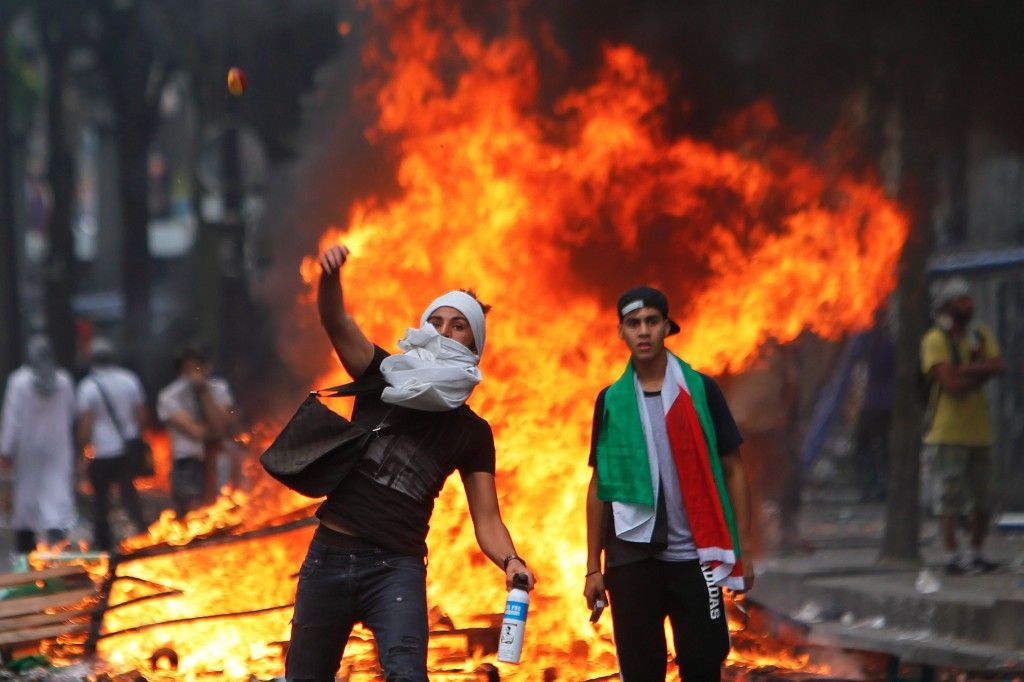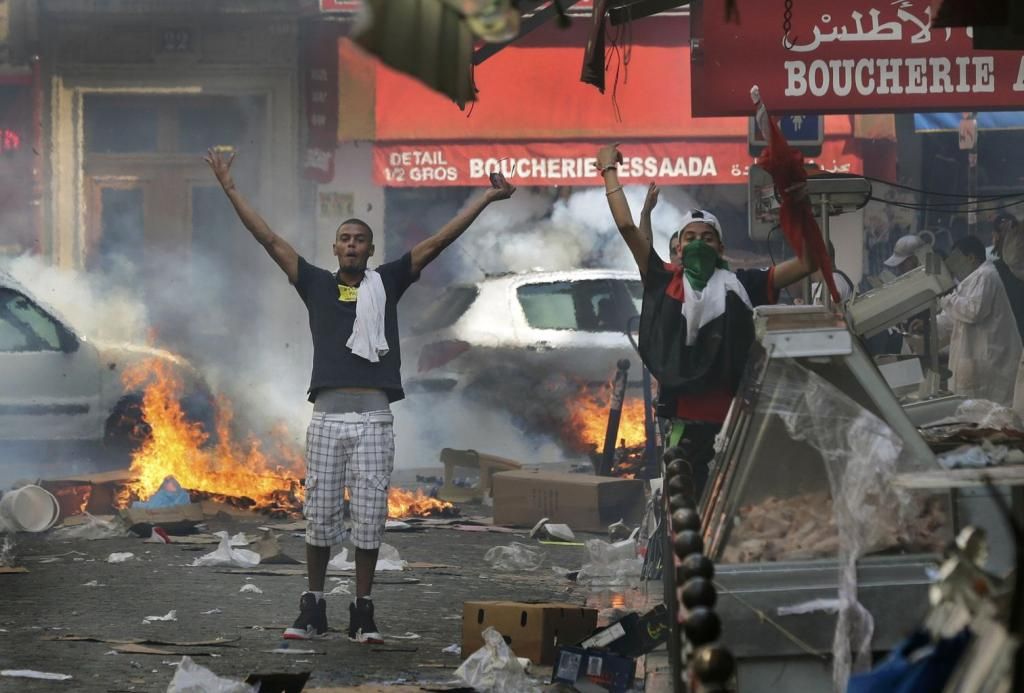Pro-Palestinian demonstration,
France, July 2014
France, July 2014
Fourth Generation war is the greatest change since the Peace of Westphalia, because it marks the end of the state's
monopoly on war. Once again, as before 1648, many different entities, not
states, are fighting war. They use many different means, including
"terrorism" and immigration, not just formal armies. Differences
between cultures, not just states, become paramount, and other cultures will
not fight the way we fight. All over the world, state militaries are fighting
non-state opponents, and almost always, the state is losing. State militaries
were designed to fight other state militaries like themselves, and against
non-state enemies most of their equipment, tactics and training are useless or
counterproductive.
--William S. Lind
The Four Generations of Modern Warfare
[Tip of the hat: Sipsey Street Irregulars]
Multi-culturalism is a form of fourth generation (4G) war, and its overall strategy is immigration. The strategy is nearly perfection itself, because it is "invisible" to most of the indigenous population at any one moment. Undermining the existing political and social culture by importing vast colonies of foreigners who have utterly different backgrounds and values -- and whom the politicians believe can be easily led to support them -- only becomes evident when it reaches a certain tipping point.
The State-controlled educational institutions and mass media are tasked with anesthetizing the indigenous population to the changes taking place. It
is a rare occasion, such as the Latino Children's Crusade across the
U.S. southern border, that they become dramatic enough to produce overt
resistance. Even then, bigfoot politicians see the changes (or pretend to see them) as either progress or, if a problem, an economic or "humanitarian" one, not a 4G War maneuver.
They are voluntarily, through open borders, bringing about a state of balkanization at best, war among the people at worst.
War amongst the people is both a graphic description
of modern warlike situations, and also a conceptual framework: it reflects the
hard fact that there is no secluded battlefield upon which armies engage, nor
are there necessarily armies, definitely not on all sides. ... War amongst the people
is different: it is the reality in which the people in the streets and houses
and fields -- all the people, anywhere -- are the battlefield. Military
engagements can take place anywhere : in the presence of civilians, against
civilians, in defense of civilians.
Gen. Rupert Smith
The Utility of Force: The Art of War in the Modern World




2 comments:
Very interesting. Unfortunately, few people care to go to the root cause of all this, including immigration -- materialism.
Michael,
I think I agree, but would you like to elaborate?
Post a Comment